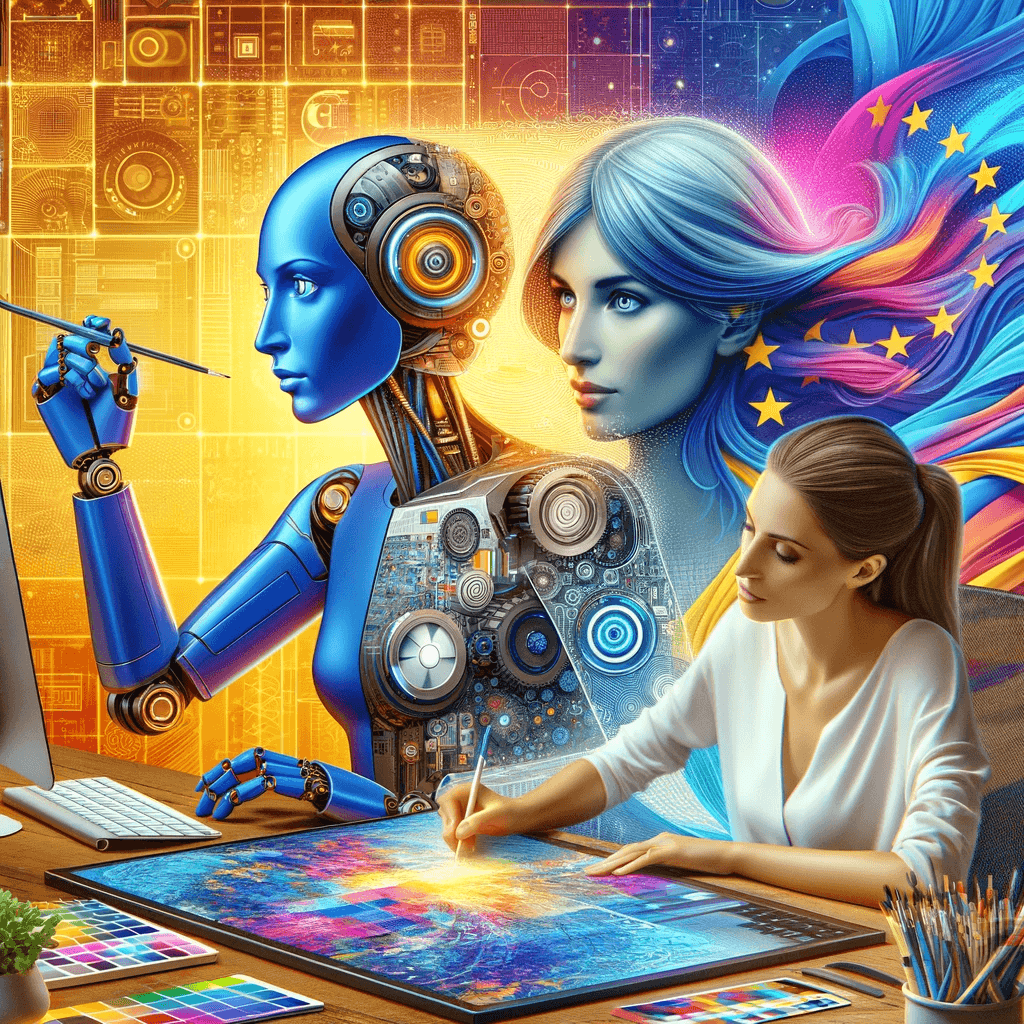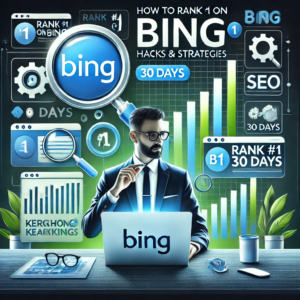The Ultimate Guide to Next-Generation Design Tools: January 2025 Innovation Report
Revolutionary UX/UI design tools are transforming how creators bring their digital visions to life, and January 2025 has ushered in groundbreaking innovations that are reshaping the creative landscape. As a professional designer deeply immersed in the latest technological advancements, I’ve had the opportunity to explore and test these cutting-edge tools firsthand. The integration of artificial intelligence, enhanced collaboration features, and streamlined workflows are revolutionizing how we approach digital design and development.
We strongly recommend that you check out our guide on how to take advantage of AI in today’s passive income economy.
Table of Contents
Breaking Down the Future of Design: AI-Powered Solutions
The most significant breakthrough I’ve encountered this month is the Figma to Real App converter by Builder and Lovable. This revolutionary tool represents a quantum leap in design-to-development workflows, effectively bridging the gap between design and functional applications. Through my extensive testing, I’ve discovered that the Builder plugin seamlessly integrates with Figma, allowing designers to transform their website or app designs into fully functional products with remarkable efficiency. The AI-powered platform’s ability to interpret design requirements and generate corresponding code is nothing short of extraordinary.
Advanced Features and Functionality
What truly sets this tool apart is its intuitive prompting system. During my experimentation, I found that the AI comprehends complex design requirements with impressive accuracy. The system can add sophisticated animations, modify design elements, and implement advanced features through simple text prompts. This level of automation and intelligence fundamentally changes how designers approach the development phase of their projects, significantly reducing the time and resources traditionally required for implementation.
Personalizing the Digital Workspace
One of the most charming innovations I’ve discovered is Notion Faces, a tool that brings personality to professional collaboration spaces. Originally developed for internal use by Notion employees, this delightful customization tool has now been made available to the public. The platform offers an extensive range of customization options, allowing users to create personalized avatars that maintain the distinctive Notion aesthetic while expressing individual identity.
Customization Options and Integration
The tool provides an impressive array of customization features, including adjustable skin tones, facial features, eyewear, and various other elements that allow for unique avatar creation. Through my exploration, I’ve found that the integration with Notion’s ecosystem is seamless, enabling teams to enhance their collaborative workspace with these personalized visual elements. The ability to save, share, and apply these avatars across different social media platforms adds an extra layer of versatility to the tool.
Browser-Based Animation Revolution
Phase represents a significant advancement in browser-based animation tools, offering professional-grade animation capabilities without the complexity of traditional desktop applications. This tool effectively democratizes motion design, making it accessible to both beginners and experienced designers. Through my testing, I’ve found that Phase excels in creating both simple adjustments and complex keyframe animations.
Seamless Integration and Export Options
The platform’s integration with Figma and support for SVG imports streamlines the workflow considerably. During my experimentation, I discovered that the export options are particularly versatile, supporting various formats including GIF, MP4, and Lottie files. The built-in developer handoff tools significantly simplify the collaboration between designers and developers, ensuring smooth implementation of animations in production environments.
AI Competition and Innovation
In the realm of AI assistance, DeepSeek has emerged as a formidable competitor to ChatGPT, offering enhanced capabilities and improved performance. This Chinese-developed AI platform has captured my attention with its instantaneous responses and comprehensive feature set. The platform’s ability to analyze design screenshots and generate practical improvement suggestions demonstrates its understanding of design principles and best practices.
Advanced Reasoning and Web Integration
What sets DeepSeek apart is its unique features, including the web search integration and the Deep Think R1 reasoning system. These capabilities provide designers with powerful tools for research and problem-solving. The platform’s transparent AI thinking process offers valuable insights into how it arrives at solutions, making it an invaluable tool for design decision-making and learning.
Adobe’s Collaborative Evolution
Adobe’s recent announcement about bringing Figma-like collaboration features to Photoshop marks a significant shift in their approach to creative tools. This development represents Adobe’s commitment to meeting the evolving needs of modern design teams. The implementation of real-time collaboration through simple link sharing will transform how design teams work together on complex projects.
Advanced 3D Environment Generation
Spline’s introduction of Spell, a sophisticated 3D environment generator, marks a significant advancement in 3D design capabilities. Through my exploration of this tool, I’ve observed its ability to create immersive environments based on lighting conditions and object characteristics. The technology’s capability to transform 2D environments into 3D spaces opens up new possibilities for designers working across different dimensional planes.
Professional Development and Learning
An exciting development in the design community is the launch of a comprehensive course covering UI design, content creation, and business strategy. This educational resource provides invaluable insights into building successful design careers, managing large-scale projects, and creating profitable design assets. The course material draws from real-world experience of successfully selling UI frameworks for substantial amounts and building significant online followings.
Design Portfolio Inspiration
A comprehensive collection of over 100 UX portfolios from designers at leading technology companies has been curated and shared with the design community. This valuable resource showcases work from professionals at Meta, Google, Microsoft, Apple, and Airbnb, providing inspiration and insights into high-level design work. The collection serves as an excellent reference point for designers looking to elevate their portfolio presentations.
Premium Portfolio Solutions
For designers seeking premium presentation options, Portfolio X offers an exceptional solution combining Figma and Webflow integration. Through my analysis, I’ve found that this template stands out for its minimal, modern aesthetic and sophisticated interactions. The seamless workflow between Figma and Webflow, enabled by their plugin integration, provides a streamlined approach to portfolio creation.
Advanced Features and Customization
The template includes various layout options, custom animations, and interactive elements that elevate the presentation of design work. The attention to detail in micro-interactions and overall user experience makes this a compelling choice for designers looking to make a strong professional impression. The different variants available for blogs, contact pages, and portfolio sections offer comprehensive solutions for various presentation needs.
Looking Ahead
The design tool landscape continues to evolve rapidly, with new innovations emerging regularly. These advancements in AI integration, collaboration features, and specialized tools are reshaping how designers approach their work. The combination of automated solutions and creative tools is creating new possibilities for efficient, high-quality design work.

We strongly recommend that you check out our guide on how to take advantage of AI in today’s passive income economy.




